About the Author Davneet Singh Davneet Singh is a graduate from Indian Institute of Technology, Kanpur He has been teaching from the past 10 years He provides courses for Maths and Science at TeachooFind the domain of 1/(e^(1/x)1) function domain square root of cos(x)On the graph (vertical line test), then it is a function • Domain is 5,5, which can also be written as xx 5 5− From the graph you look at how far left and how far right the graph goes, and if there are any breaks in the graph • Range is 0,5, which can also be written as yy5
Exponential Functions
How to graph using domain and range
How to graph using domain and range-Graphs of functions can be used to determine the domain and range The graphs give us an idea of which values of x and which values of y are being taken Many times this can be enough to fully determine the domain and range However, there will be times when we will have to use algebra to check or be more specificGraph We write the domain in interval notation as {x ≥ 0} Range {y ≥ 0} (remember to focus on bottom to top of the graph for range of a continuous graph) Notice that this graph has one endpoint at (0, 0) and an arrow Therefore, this graph covers all yvalues that are greater than or equal to 0 – there is no stopping point on the upper




8 1 2 Exponential Functions Ex 1 Sketch The Graph Of Y 2 X Then State The Functions Domain Range Ppt Download
//googl/JQ8NysUse the Graph to Find the Domain, Range, x intercepts, y intercept, Function Values MyMathlab Definition of the domain and range The domain is all x x x values or inputs of a function and the range is all y y y values or outputs of a function When looking at a graph, the domain is all the values of the graph from left to right The range is all the values of the graphAnother way to identify the domain and range of functions is by using graphs Because the domain refers to the set of possible input values, the domain of a graph consists of all the input values shown on the xaxisThe range is the set of possible output values, which are shown on the yaxisKeep in mind that if the graph continues beyond the portion of the graph we can see, the domain
Algebra of real functions;Domain and range from graph CCSSMath 8FA1, HSFIFB5 Google Classroom Facebook Twitter Email Introduction to the domain and range of a function Intervals and interval notation What is the domain of a function?The domain tells us all of the inputs "allowed" for the function For example, since we cannot input 𝑥 = 0 into the function 𝑓 (𝑥) = 1 𝑥, as it would be undefined, its domain will not include this value of 𝑥 We can input any other value of 𝑥, so the domain of this function is ℝ − {0} The range of a function tells us all of the possible outputs of this function
Domain and Range Of Graphs Worksheet Answers We're going to give you the foundation that you need to get started with any domain graph, so that you can really start getting the answers that you need to know for your projects First off, a domain graph is simply a chart that illustrates a web site and where visitors are coming fromSection Domain and Range In this section, we will be using inequality notation and interval notation to describe sets of numbers If you would like to review these notations, refer to Linear Inequalities Subsection Domain and Range Consider the graph of the function \(f (x) =\sqrt{x 4}\) and observed that \(f (x)\) is undefined for \(x\)values less than \(4\text{}\)EACHER Domain and Range of Exponential Functions T NOTES MATH NSPIRED ©14 Texas Instruments Incorporated 6 educationticom Answer The graph of f(x) = 1 2 x decreases or goes down as the value of x increases, but the graph of f(x) = 2x increases or goes up as the value of x increases TINspire Navigator Opportunity Class Capture See Note 4 at the end of this lesson




Domain Range Of Functions Graphs Calculator Examples Cuemath
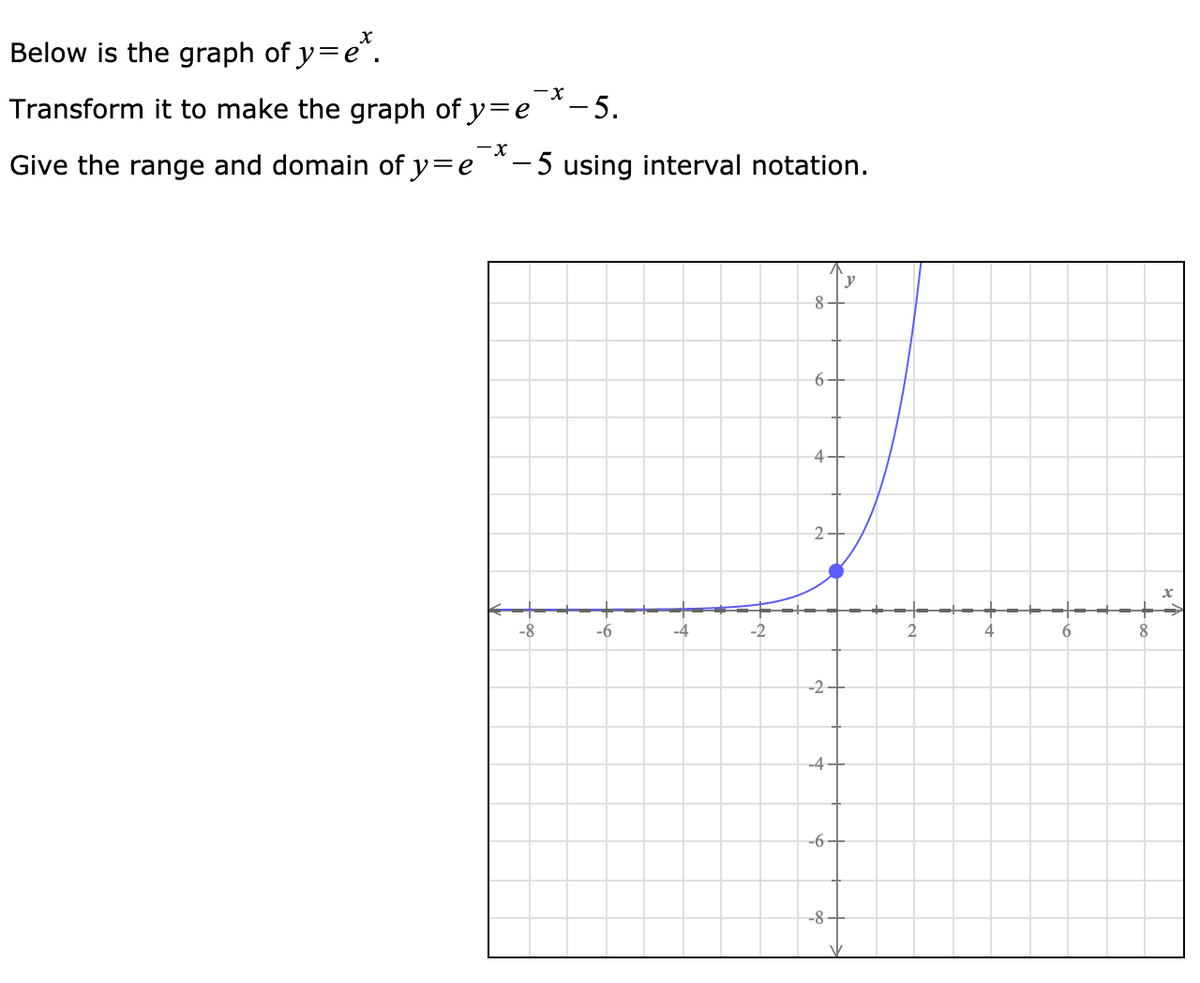



Answered Below Is The Graph Of Y E Transform Bartleby
Finding Domain and Range General Method;Domain and range » Tips for entering queries Enter your queries using plain English To avoid ambiguous queries, make sure to use parentheses where necessary Here are some examples illustrating how to ask for the domain and range domain of log(x) (x^21)/(x^21) domain;Substitute 1 into the quadratic to get 1^2 2 (1) 5 = 1 2 5 = 4 Vertex is at (1,4) and it opens upward Since no values of x are negative, domain is all real numbers Then, since the vertex is the low point, take the primary square root of 4 to get 2, so range is y ≥ 2
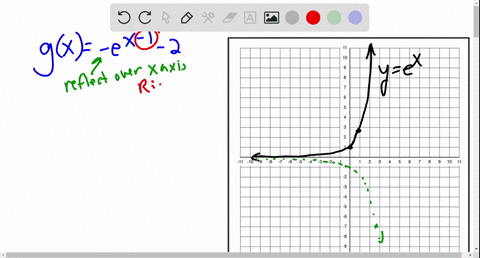



Solved 7 14 Graph The Function Not By Plotting
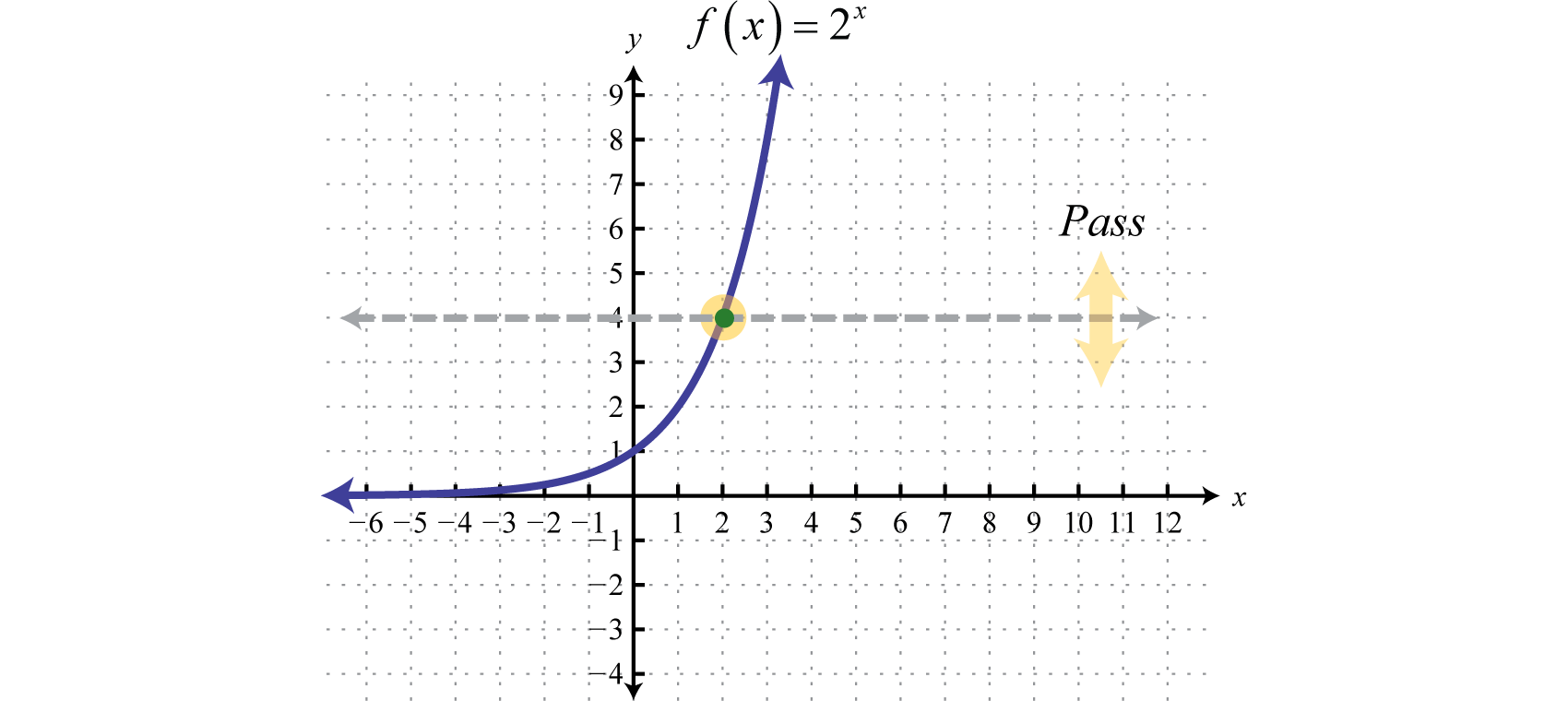



Logarithmic Functions And Their Graphs
Finding Domain and Range By drawing graphs;When y y is a function of x, x, the set of all x x coordinates in the set is called the domain of the function and the set of all y y coordinates is called the range of the function For example, the domain of the function f f whose ordered pairs are shown in Figure 541 is {−1,3,6,−7,2,−5} { − 1, 3, 6, − 7, 2, − 5 }Exponential And Logarithmic Function And Series Expansion Of E X A X And Log 1 X Notes Videos Qa And Tests Grade 12 Mathematics Binomial Theorem Kullabs
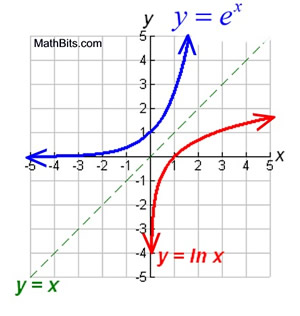



Natural Exponential Function And Natural Logarithmic Function Mathbitsnotebook Ccss Math



What Is The Graph Of E X Quora
Domain and range graph examples and answers Determine the domain and range of the graph of a function youtube In order to grasp domain and range students must understand how to determine if a relation is a function and interpreting graphs When looking at a graph the domain is all the values of the graph from left to right Find the domain and range of the graph Answers 2 Get Other questions on the subject Mathematics Mathematics, 1330, Gabby1128 We must first determine the shape of a rectangular prisms _ a0 to find area of the prismFind the Domain and Range y=x y = x y = x The domain of the expression is all real numbers except where the expression is undefined In this case, there is no real number that makes the expression undefined Interval Notation (−∞,∞) ( ∞, ∞) Set Builder Notation {xx ∈ R} { x x ∈ ℝ } The absolute value expression



1
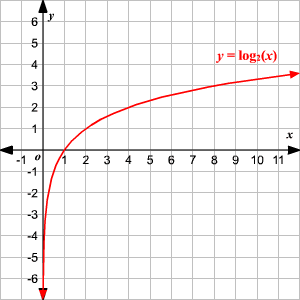



Domain And Range Of Exponential And Logarithmic Functions
Example 3 Find the domain and range of the function y = log ( x ) − 3 Graph the function on a coordinate planeRemember that when no base is shown, the base is understood to be 10 The graph is nothing but the graph y = log ( x ) translated 3 units down The function is defined for only positive real numbers Finding Domain and Range from Graphs Another way to identify the domain and range of functions is by using graphs Because the domain refers to the set of possible input values, the domain of a graph consists of all the input values shown on the xaxis The range is the set of possible output values, which are shown on the yaxis Keep in mind Graphs, Relations, Domain, and Range The rectangular coordinate system 1 consists of two real number lines that intersect at a right angle The horizontal number line is called the xaxis 2, and the vertical number line is called the yaxis 3These two number lines define a flat surface called a plane 4, and each point on this plane is associated with an ordered pair 5 of real




Graph E X And Find Its Domain And Range Study Com
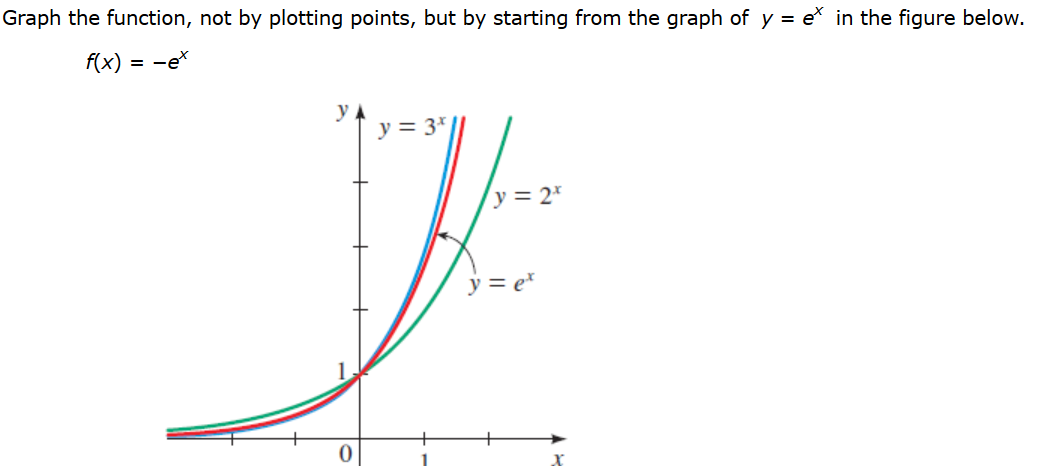



Graph The Function Not By Plotting Points But By Chegg Com
Function To identify from a graph whether a relation is a function or not, look at the set of range It should be such that for each element in domain, only one element is range is relatedFree functions domain calculator find functions domain stepbystep This website uses cookies to ensure you get the best experience By using this website, you agree to our Cookie PolicyDomain and Range of a Function We will draw the graph of the function using the graphing calculator The domain is the set of the values of {eq}x {/eq} for which the function is defined
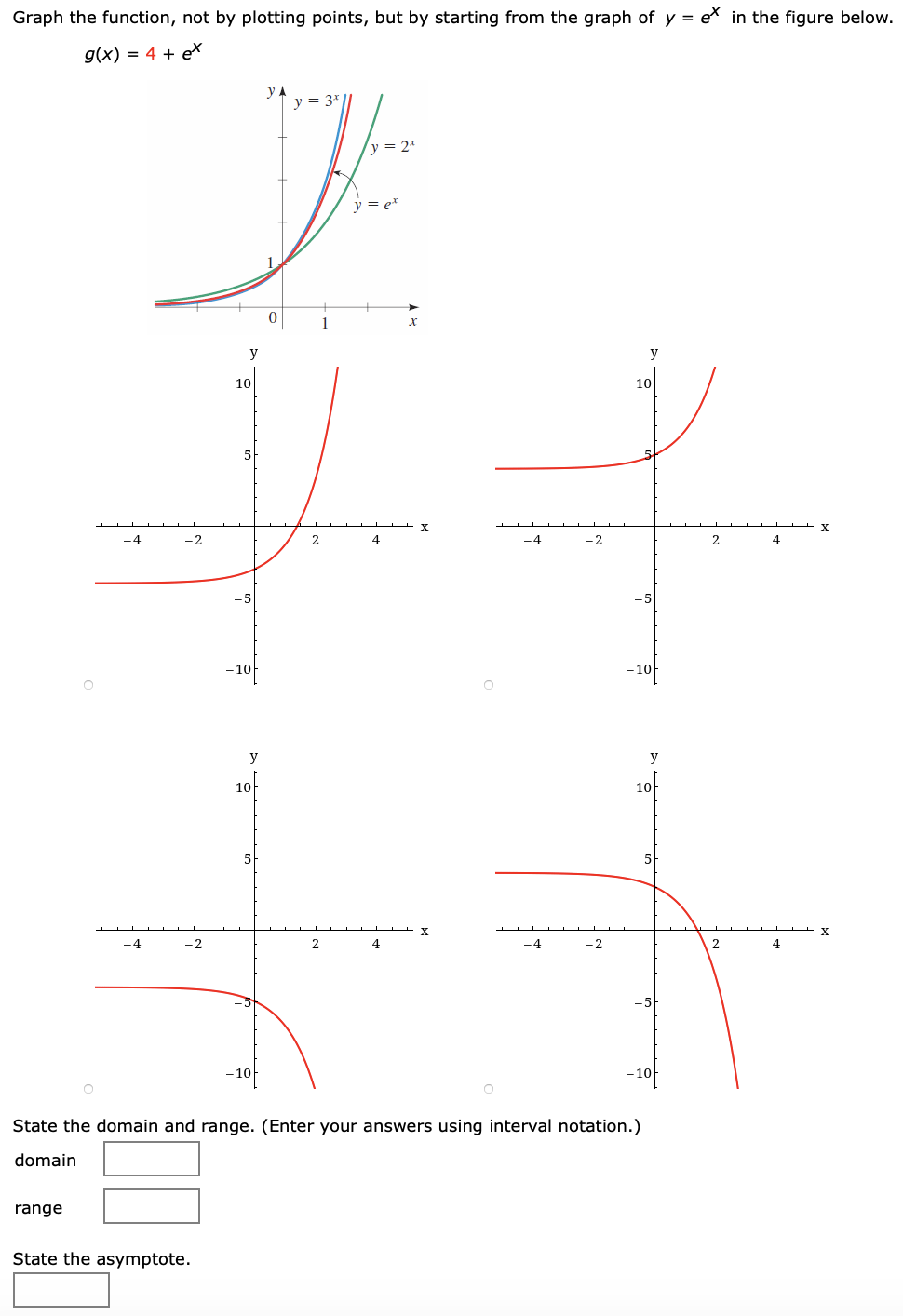



Answered Graph The Function Not By Plotting Bartleby




How To Get The Domain And Range From The Graph Of A Function Krista King Math Online Math Tutor
domainrange use the limit process to find the area of the region bounded by the graph of the function f(x)=x2 and the y axis asked in CALCULUS by anonymousThe line and function to the left has a domain and range of all real numbers because, as the arrows indicate, the graph goes on forever both negatively and positively The domain and range are all real numbers because, at some point, the x and y values will be every real numberDomain is simply the permissions that are applied to the xaxis of a graph, meaning the Domain indicates where the graph can lie on the xaxis and where it cannot Range on the other hand is the same as domain, except the permissions are applied to the yaxis of a graph, indicating where the graph can lie on the yaxis and where it cannot




Domain And Range Of Exponential And Logarithmic Functions
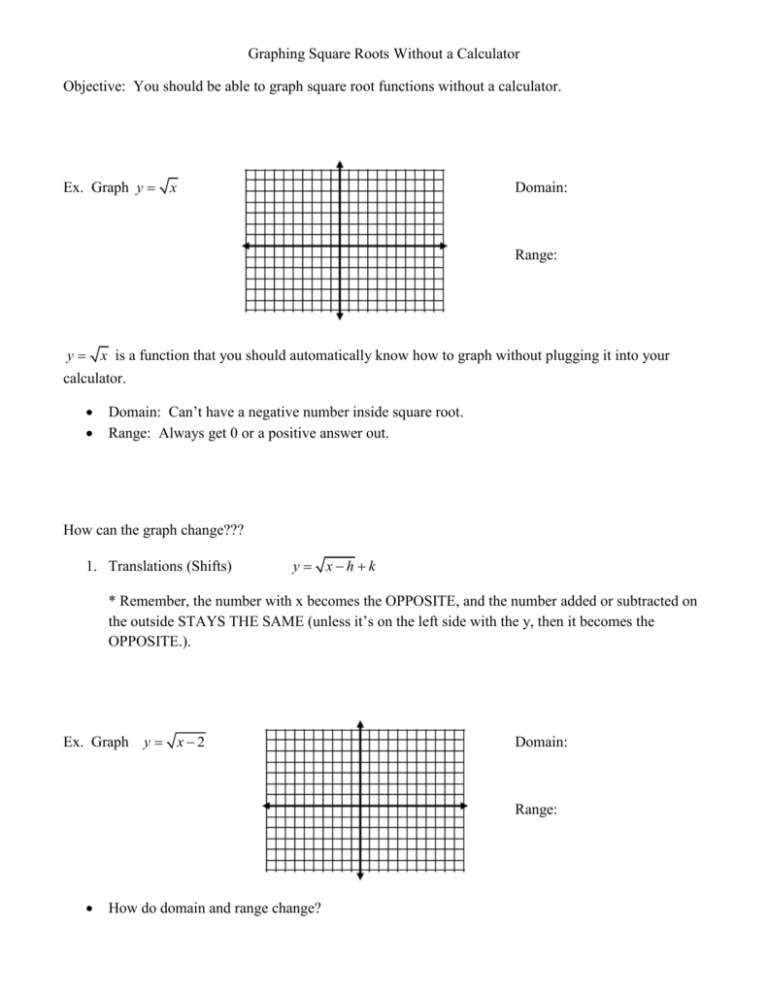



Square Roots
Find the Domain and Range y=e^x y = ex y = e x The domain of the expression is all real numbers except where the expression is undefined In this case, there is no real number that makes the expression undefined Interval Notation (−∞,∞) ( ∞, ∞) Set Builder Notation {xx ∈ R} { x x ∈ ℝ } The range is the set of allGet the free "Domain, range, roots and graph of a function" widget for your website, blog, Wordpress, Blogger, or iGoogle Find more Mathematics widgets in WolframAlphaAnother way to identify the domain and range of functions is by using graphs Because the domain refers to the set of possible input values, the domain of a graph consists of all the input values shown on the x x axis The range is the set of possible output values, which are




Lecture 3 The Natural Exponential Function F X Exp X E X Y Exp X If And Only If X Ln Y Pdf Free Download



Log Graph
The domain is RR, the range is (0;oo) The domain is the subset of RR for which all operations in the function's formula make sense Since e is a positive real constant, it can be raised to any real power, so the domain is not limited It is RR The range is the set of function's values Since a positive real constant is raised to a real power, the result is always positive, and is neverThe above list of points, being a relationship between certain x 's and certain y 's, is a relation The domain is all the x values, and the range is all the y values To give the domain and the range, I just list the values without duplication domain {2, 3, 4, 6} range {–3, –1, 3, 6} AffiliateDomain and range of trigonometric functions and their graphs Function's domain is defined as the particular set values that an independent variable contained in a function can accept the work The range exists as resulting values which a dependent variable can hold a value of 'x' changes all through the domain
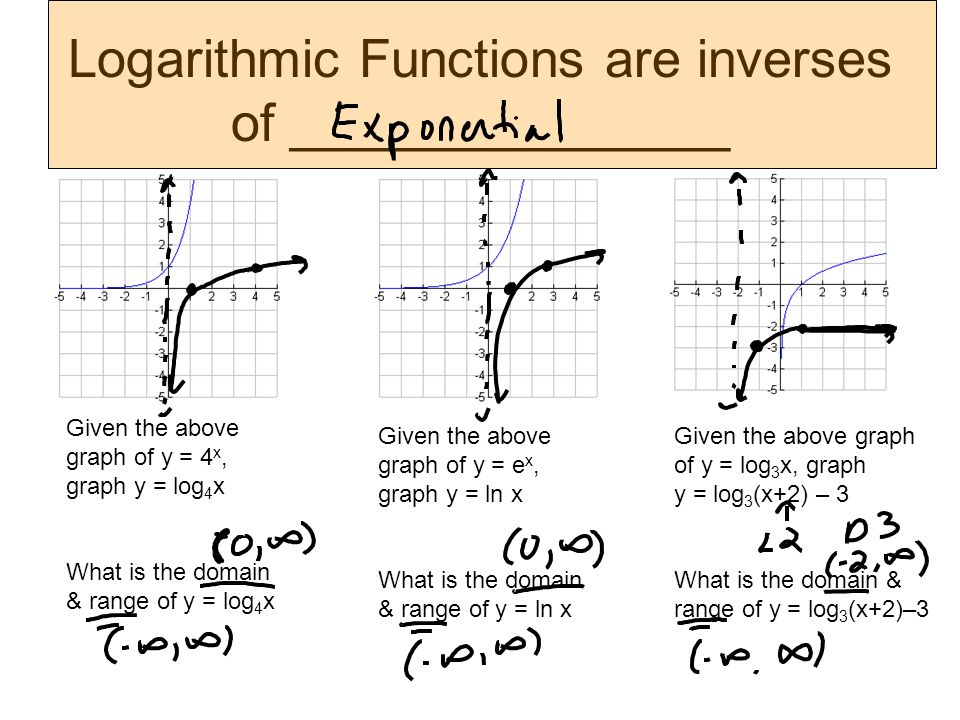



1 Log416 2 Is The Logarithmic Form Of 4 Ppt Download




Ex Give The Domain And Range Given The Graph Of A Function Youtube
Because the domain refers to the set of possible input values the domain of a graph consists of all the input values shown on the xaxisThe range is the set of possible output values which are shown on the yaxisKeep in mind that if the graph continues beyond the portion of the graph we can see the domain and f (x) = ex This function is valid for all real x, so the domain is {x ∈ R} Or in interval notation ( − ∞,∞) To find the range we observe what happens as x approaches ±∞ as x → ∞ , ex → ∞ as x → − ∞ , ex → 0 ( ie if x is negative we have 1 ex) Figure 327 Graph of a polynomial that shows the xaxis is the domain and the yaxis is the range We can observe that the graph extends horizontally from −5 to the right without bound, so the domain is − 5, ∞) The vertical extent of the graph is all range values 5 and below, so the range is ( − ∞, 5




Eddie S Math And Calculator Blog Calculus Revisited 3 Logarithmic And Exponential Functions




Ex 2 Determine The Domain And Range Of The Graph Of A Function Youtube
Then we read the `y`coordinates, and put them into the range For this graph then, the domain is `{2, 0, 2, 4}` The range is `{0, 6, 12, 18}` Now let's look at a different kind of graph, in which the function is a continuous line, which goes on indefinitely in both directions That means an infinite number of values are part of the functionWe discuss how to graph piecewise functions and determine their domain and range For more math stuff, please join our facebook page https//wwwfacebookco 👍 Correct answer to the question Identify the domain and range of the graph below Domain X < 5 1 < x < 5 all real numbers x < = 3 Range all real numbers y < = 3 y > = 3 10 < y < 3 eeduanswerscom




How To Find The Domain And Range Of A Function 14 Steps
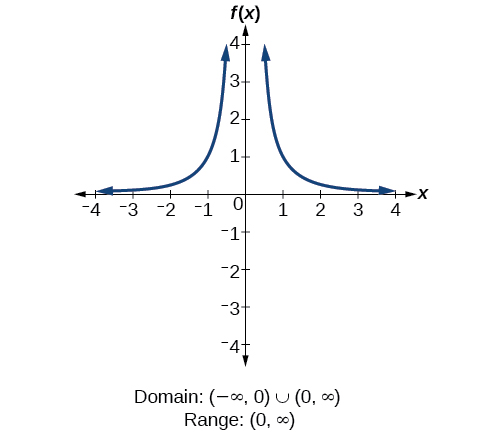



Domain And Range Algebra And Trigonometry
What is the domain and range of fx ex Y ex y e x Set the argument in greater than to find where the expression is defined Yx12 3 yx3 ysquare of x y ex y Inx y 1x y 1x2 y absolute value x1 In this case there is no real number that makes the expression undefined Graph y e x 7 43 12 58 5 646 4 355Please Subscribe here, thank you!!!State the domain and range of `y=e^(x)` and then find its inverse function The parent function is `y=e^x` which has a domain of all real numbers and a range




8 1 2 Exponential Functions Ex 1 Sketch The Graph Of Y 2 X Then State The Functions Domain Range Ppt Download
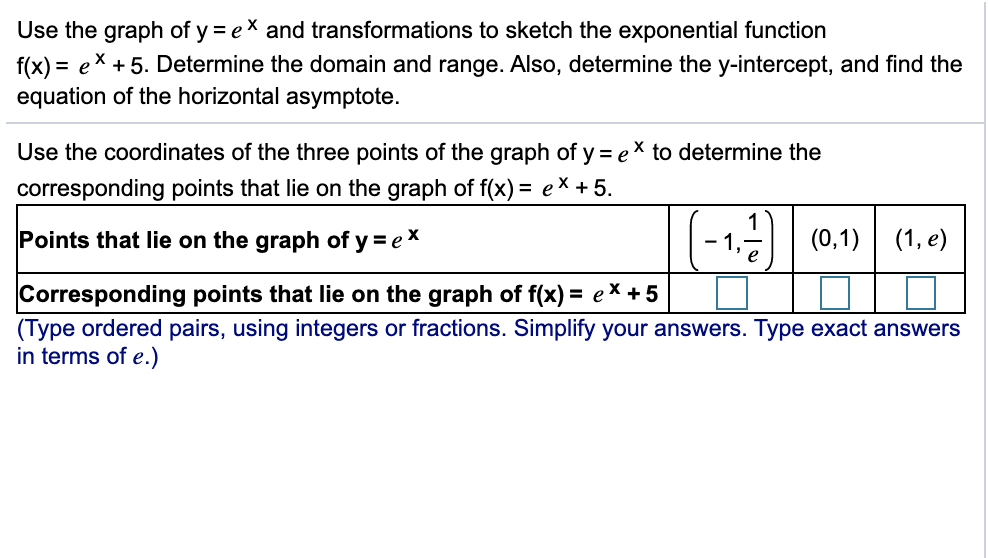



Use The Graph Of Y Ex And Transformations To Sketch Chegg Com



Exponential Functions
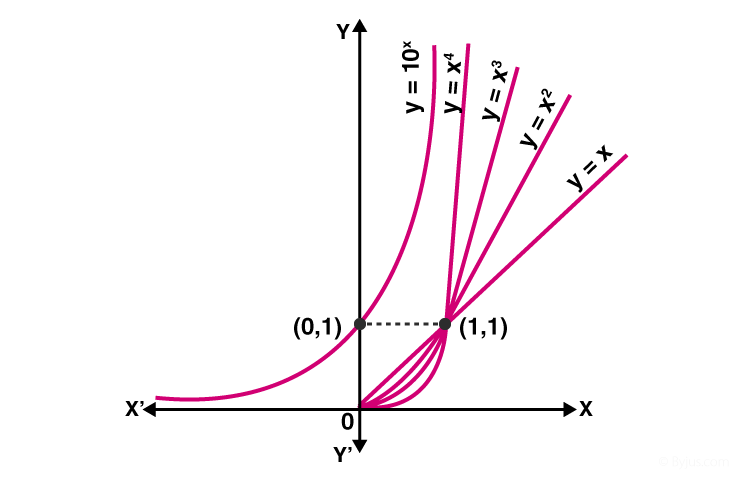



Exponential Functions Definition Formula Properties Rules
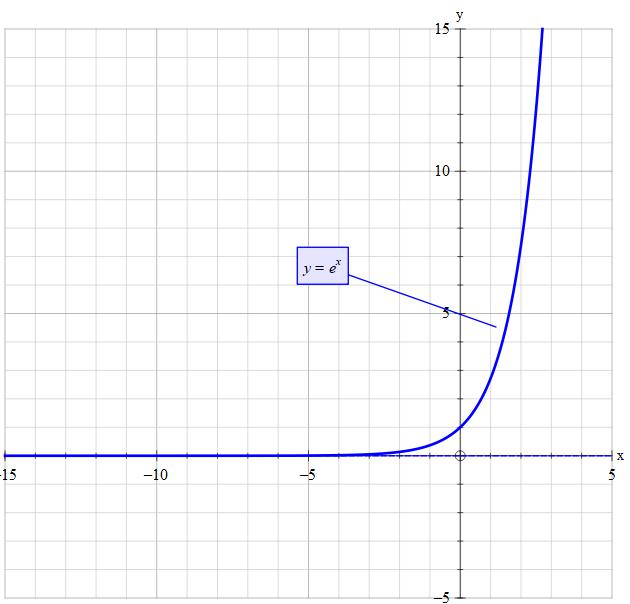



What Is The Domain And Range Of Y E X Socratic
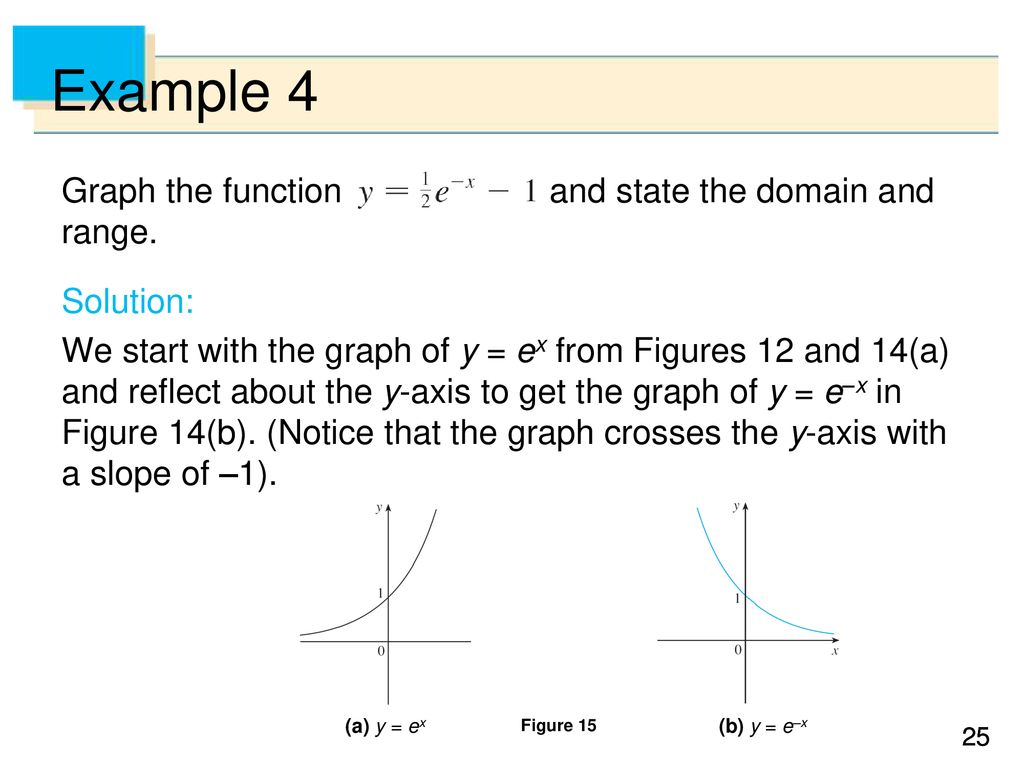



Exponential Functions Ppt Download
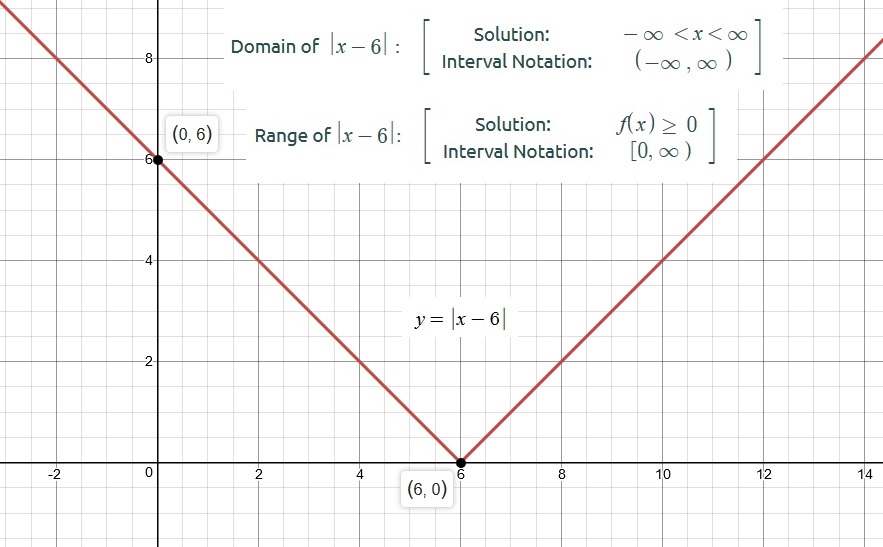



How Do You Find The Domain And Range Of Y X 6 Socratic
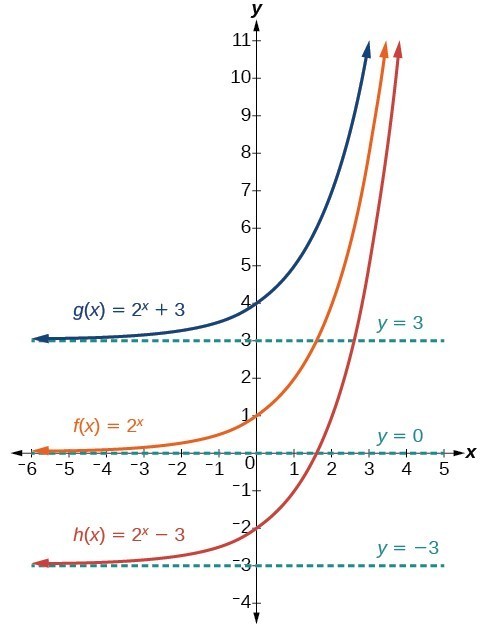



Graph Exponential Functions Using Transformations College Algebra
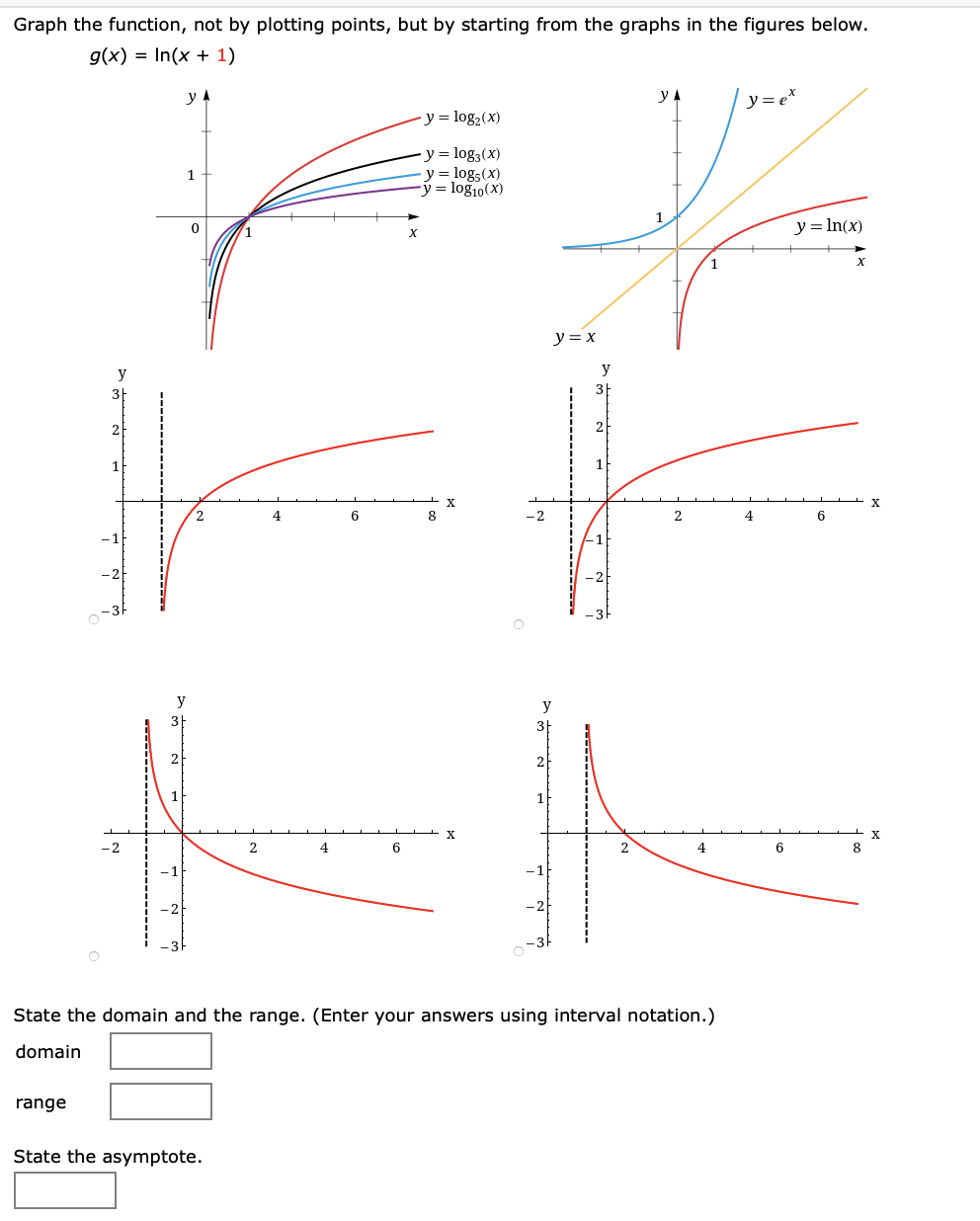



Answered Graph The Function Not By Plotting Bartleby



Graphing Parabolas My Ccsd
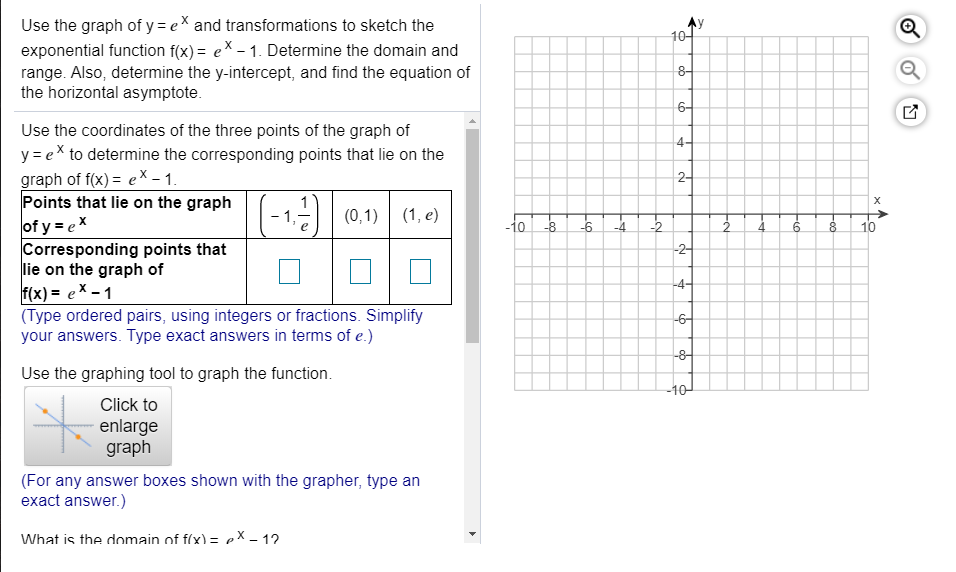



Use The Graph Of Y Ex And Transformations To Sketch Chegg Com



What Is The Graph Of E X Quora




Example 3 Graph Natural Base Functions Graph The




Domain And Range Of Ln And E Functions Youtube



Solved Graph The Function Not By Plotting Points But By Starting From The Graph Of Y E In The Figure Below Y Ex 2 4 10 10 5 10 G 10 1 Course Hero
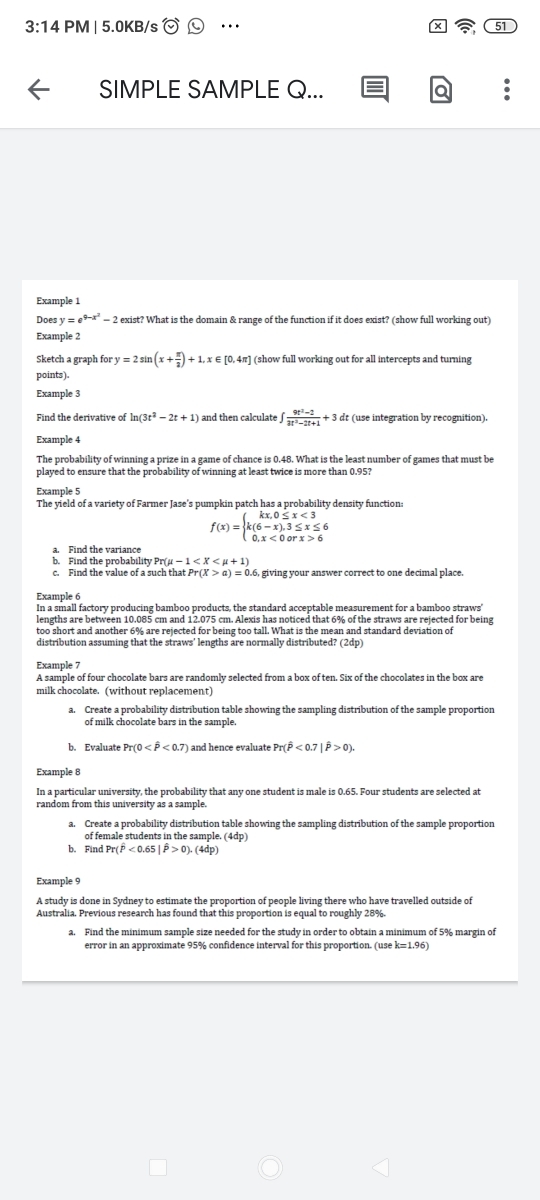



Answered Example 1 Does Y E 2 Exist What Is Bartleby




Functions And Models 1 Exponential Functions Ppt Download



Q Tbn And9gct0yrzvqbu M1gnkyenfhdufhjnixupat Azf0ziucppdakeqpe Usqp Cau
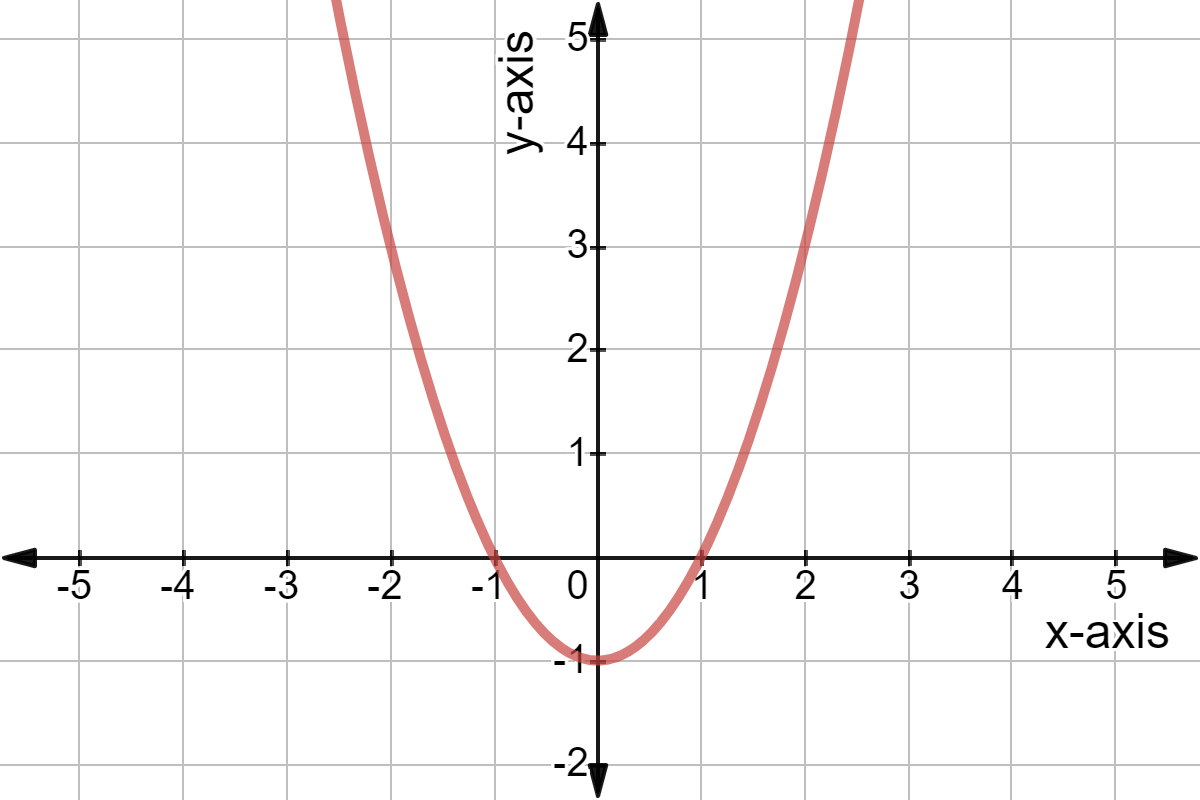



What Is The Range Of A Function Expii
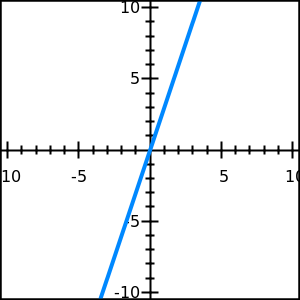



Domain And Range Free Math Help




Given The Function Wyzant Ask An Expert




Ex 2 3 2 Find Domain And Range I F X X Chapter 2




Natural Exponential Function And Natural Logarithmic Function Mathbitsnotebook Ccss Math




A Asymptote B Domain C Range D End Behavior E X Intercept F Y Intercept Brainly Com




Domain Range Of Functions Graphs Calculator Examples Cuemath



Solution Find The Domain And Range Of The Function F X E X 8
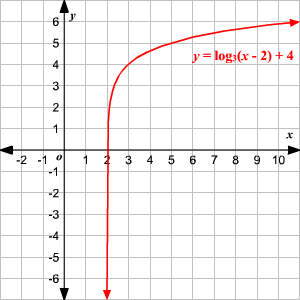



Domain And Range Of Exponential And Logarithmic Functions
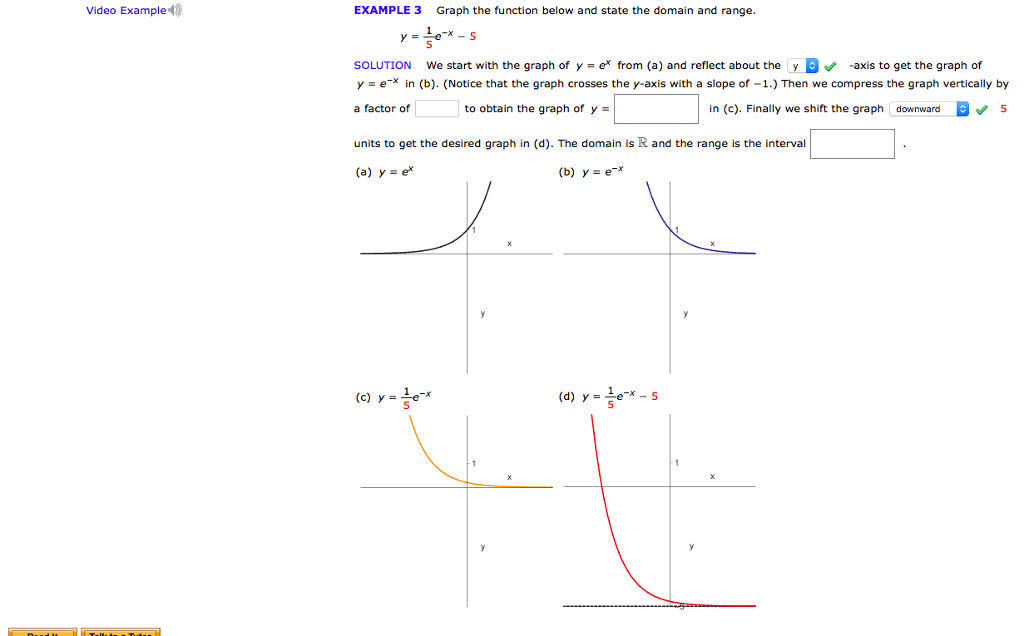



Graph The Function Below And State The Domain And Chegg Com




Exponential And Logarithmic Function And Series Expansion Of E X A X And Log 1 X Notes Videos Qa And Tests Grade 12 Mathematics Binomial Theorem Kullabs




Graph Of Y E X 3 Using Graph Transformations Youtube




Y Ex 1 2 State The Domain And Range Enter Chegg Com




How To Find The Range Of A Function Video Khan Academy




Domain And Range
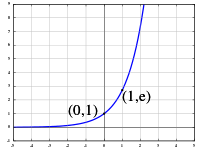



Exponential Function Wikipedia



Why Do Graphs Of Math E X Math And Math E X Math Look So Different Quora



Math 1a 1b Pre Calculus Finding The Domain And Range From A Graph Uc Irvine Uci Open
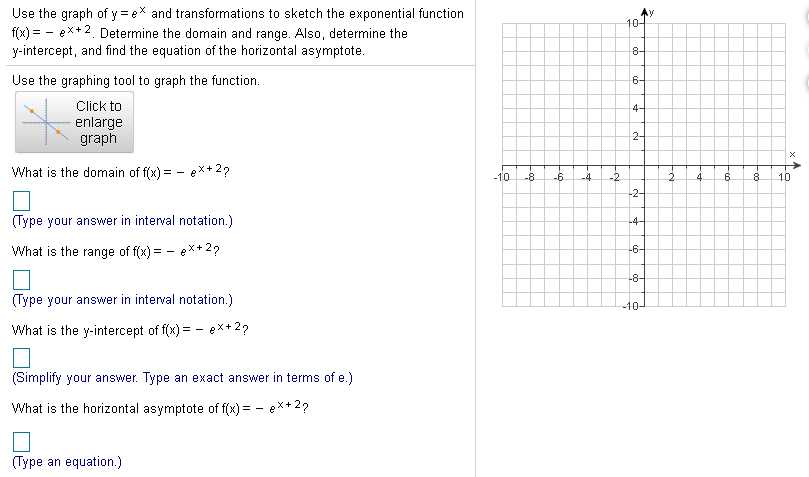



Use The Graph Of Y E And Transformations To Sketch Chegg Com
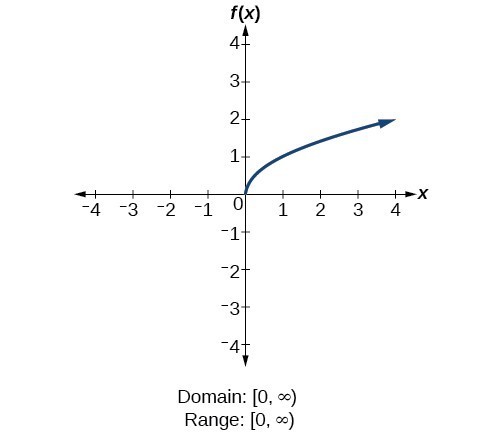



Determine Domain And Range From A Graph College Algebra




Problem 4 1 38 Use The Graph Bellow Of F X E To Graph G X E Homeworklib




Exponential Function Wikipedia
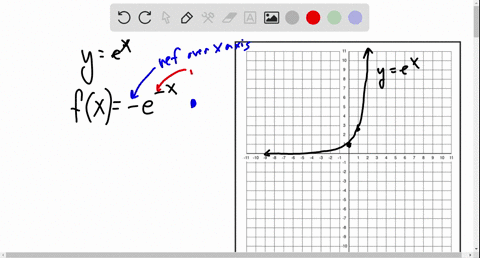



Solved 7 14 Graph The Function Not By Plotting
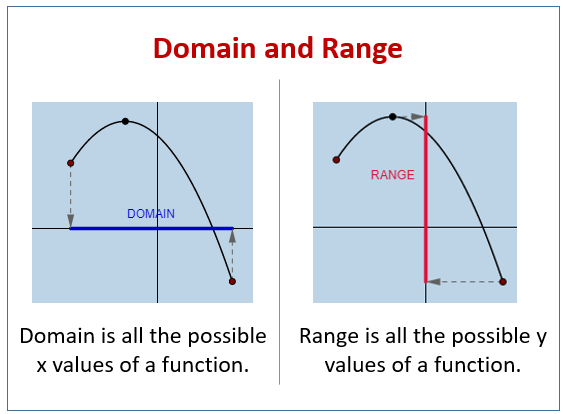



Domain And Range Of Functions Video Lessons Examples Solutions




3 Natural Exponential Function Exponential Function Logarithm




What Are The Domain And Range Of F X E X What Does Its Graph Look Like Study Com



1



Exponential And Logarithmic Functions Logarithmic Functions Sparknotes



Exponential And Logarithmic Functions Exponential Functions Sparknotes




Solved 7 14 Graph The Function Not By Plotting
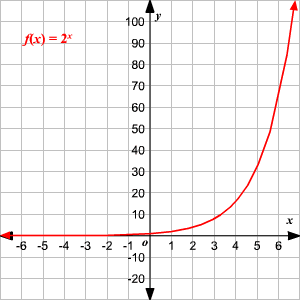



Domain And Range Of Exponential And Logarithmic Functions



Injection Surjection Bijection
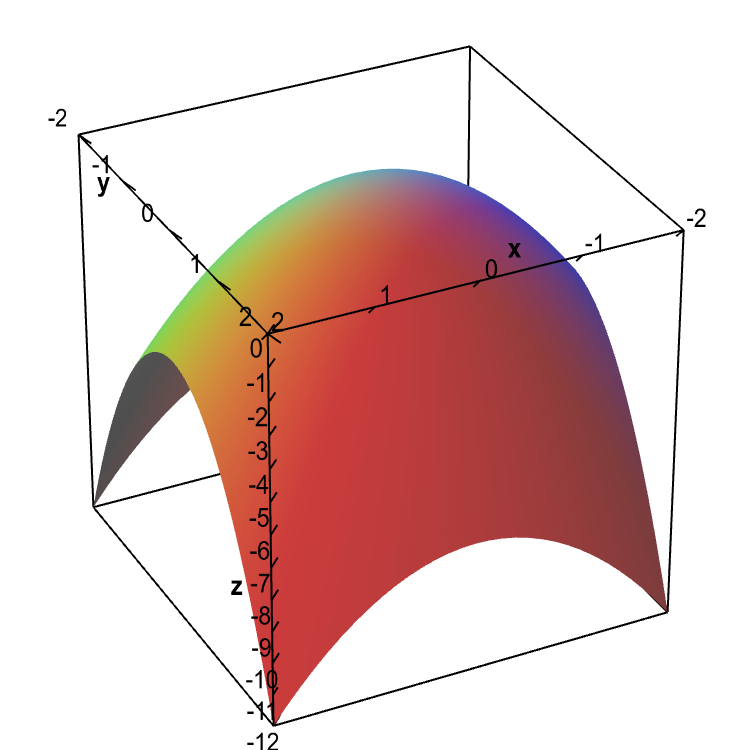



Level Sets Math Insight




How To Find Domain And Range From A Graph Video Khan Academy
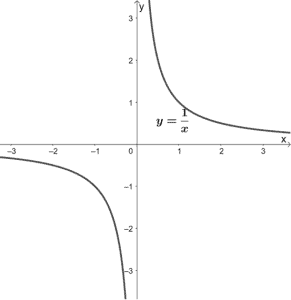



Parent Functions Types Properties Examples
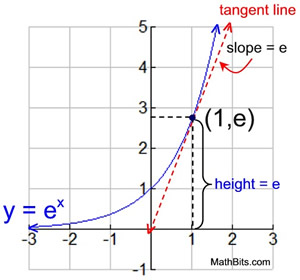



Natural Exponential Function And Natural Logarithmic Function Mathbitsnotebook Ccss Math




Use The Graph Of Y Ex And Transformations To Sketch Chegg Com
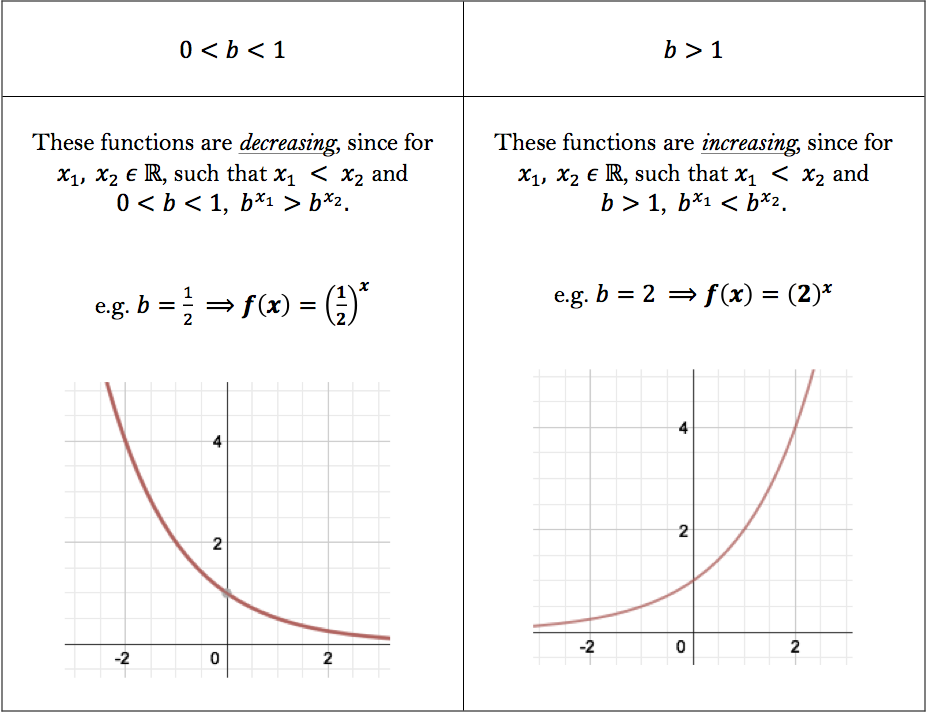



Functions And Their Inverses Worked Examples




Find The Domain And Range Of The Function F X 1 1 X 2 X I




Domain And Range Calculator Wolfram Alpha
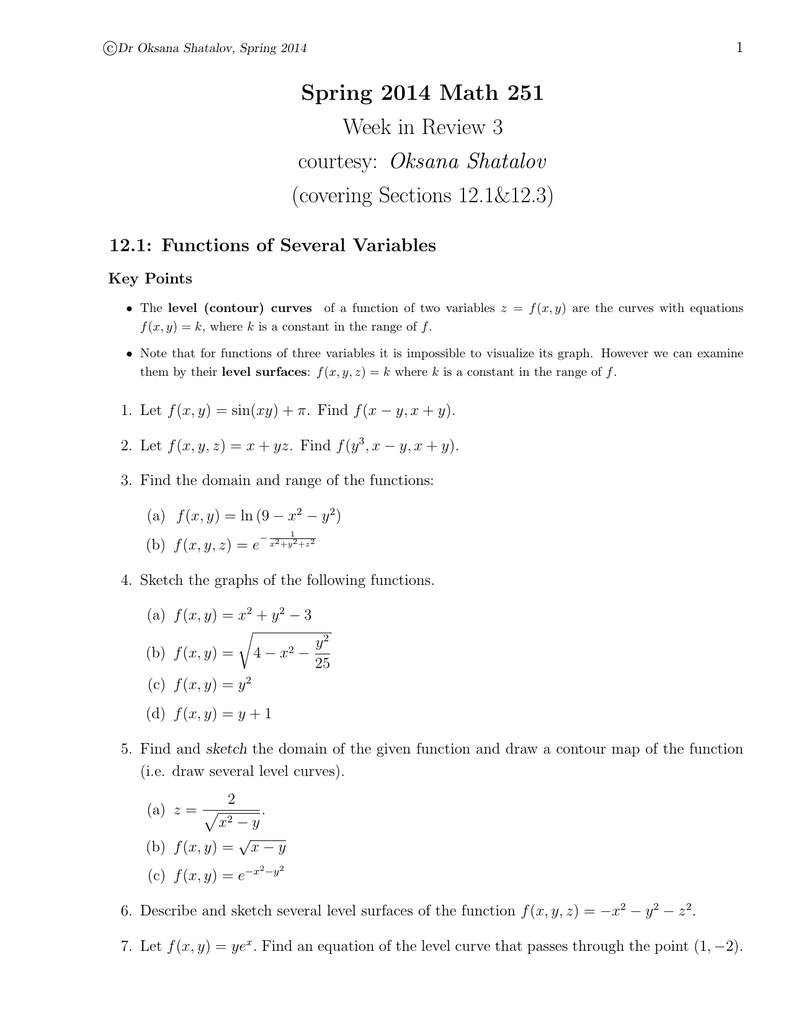



Document
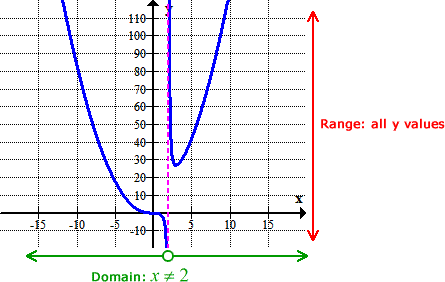



Finding The Domain And Range Of Radical And Rational Functions Chilimath




Use The Graph Of Y Ex And Transformations To Sketch Chegg Com




Chapter 2 Functions And Graphs Section 5 Exponential



Problem 9 Let F X 2 3x4 On The Largest Domain For Which The Formula Makes Sense A Find The Domain And Range Of F X Then Sketch The Graph Course Hero
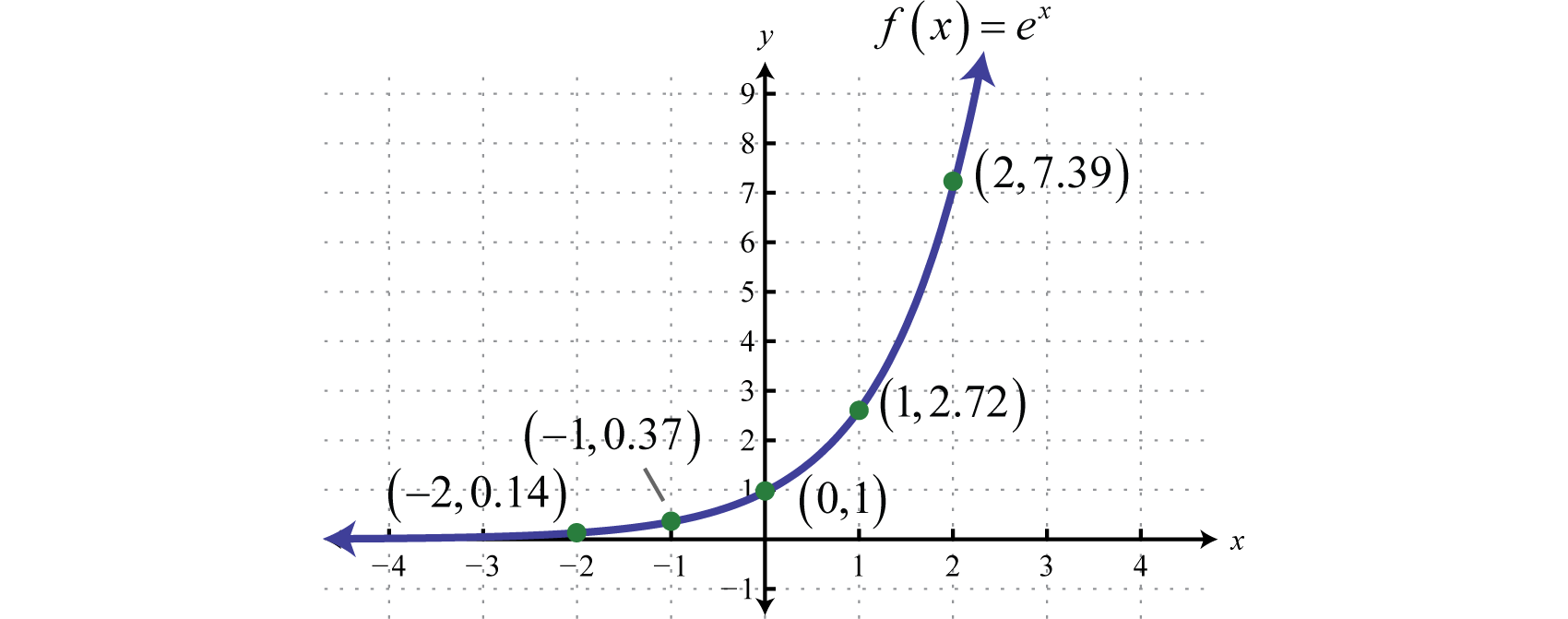



Exponential Functions And Their Graphs




Graphing Natural Logarithmic Functions Iitutor




Graphing The Natural Exponential Function Y E X Youtube




7 Inverse Functions Ppt Download




6 6 The Natural Base E Natural Base
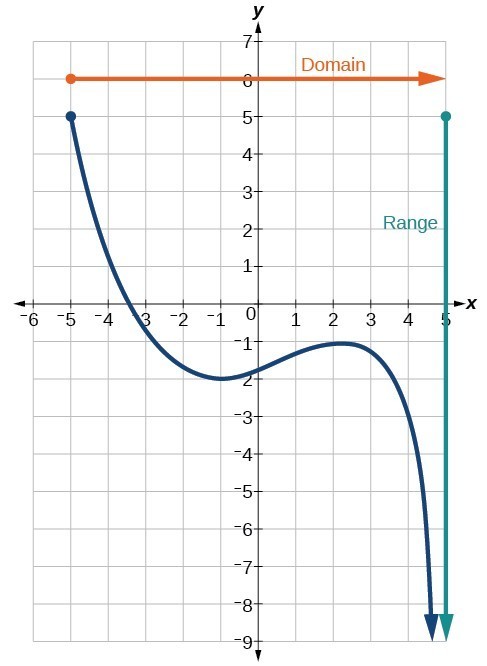



Determine Domain And Range From A Graph College Algebra



2



Graphs Of Exponential And Logarithmic Function




Domain And Range Restrictions Desmos



2




Use The Graph Of Y E And Transformations To Sketch The Exponential Function F X New Determine Homeworklib
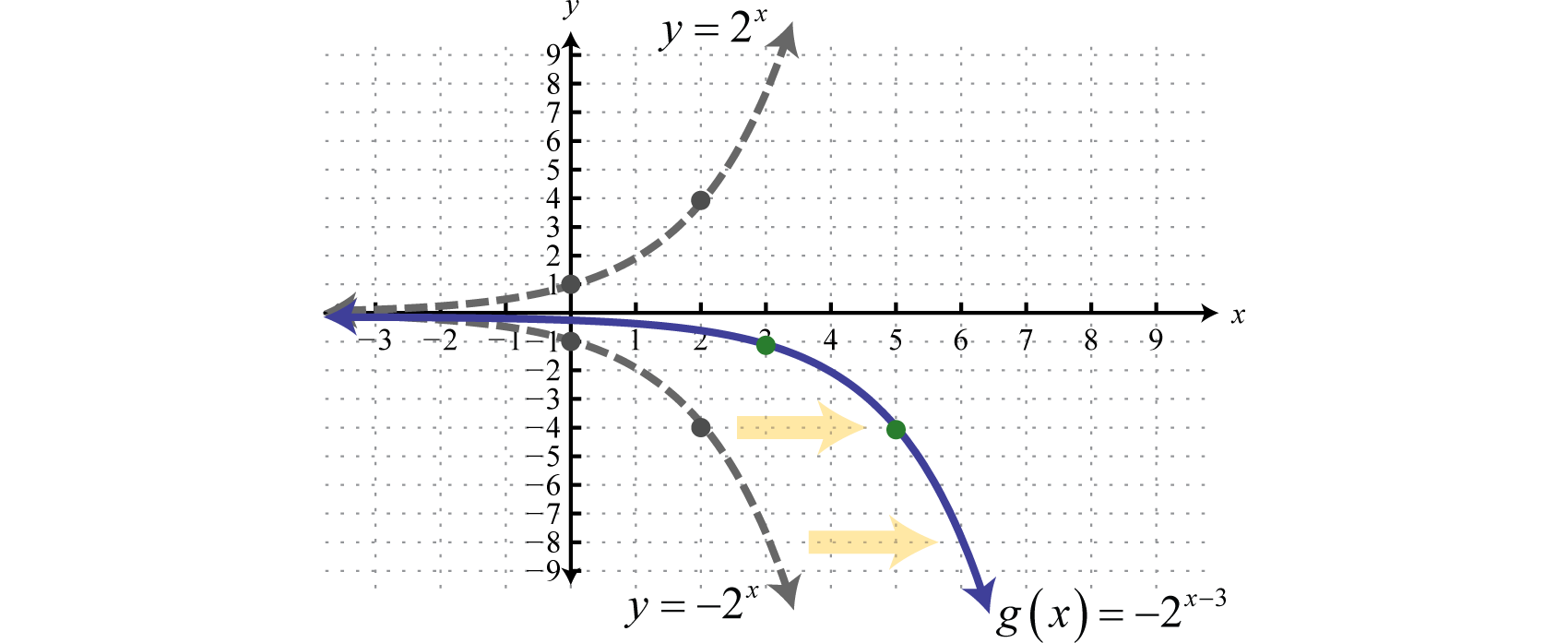



Exponential Functions And Their Graphs



State The Domain And Range Of Y E X Then Find The Inverse Equation Of The Function Enotes Com
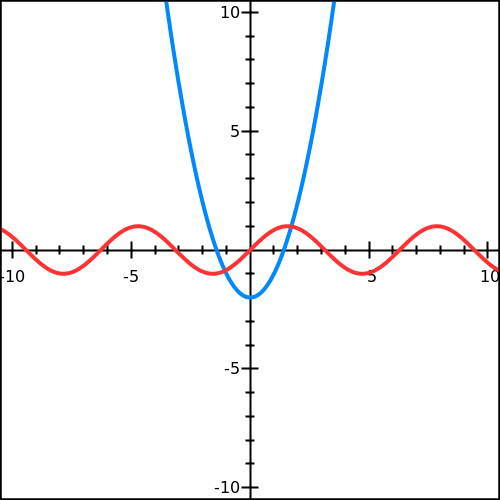



Domain And Range Free Math Help
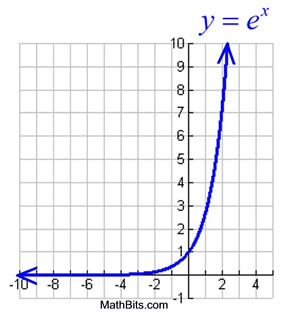



Natural Exponential Function And Natural Logarithmic Function Mathbitsnotebook Ccss Math




Horizontal And Vertical Translations Of Exponential Functions College Algebra
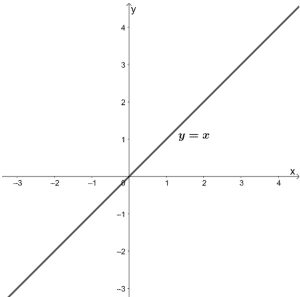



Parent Functions Types Properties Examples
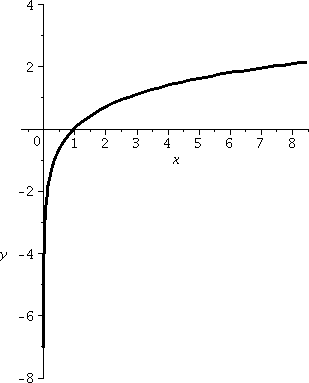



Domain And Range And Composition Of Functions




Let F X Be Defined In 0 1 Then The Domain Of Definition



0 件のコメント:
コメントを投稿